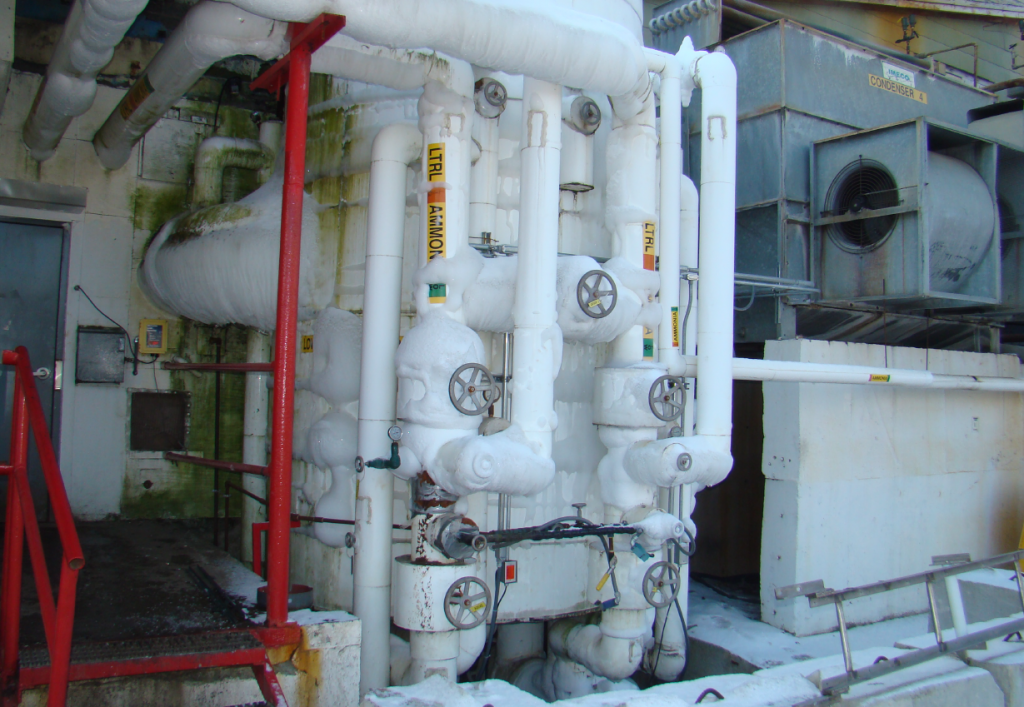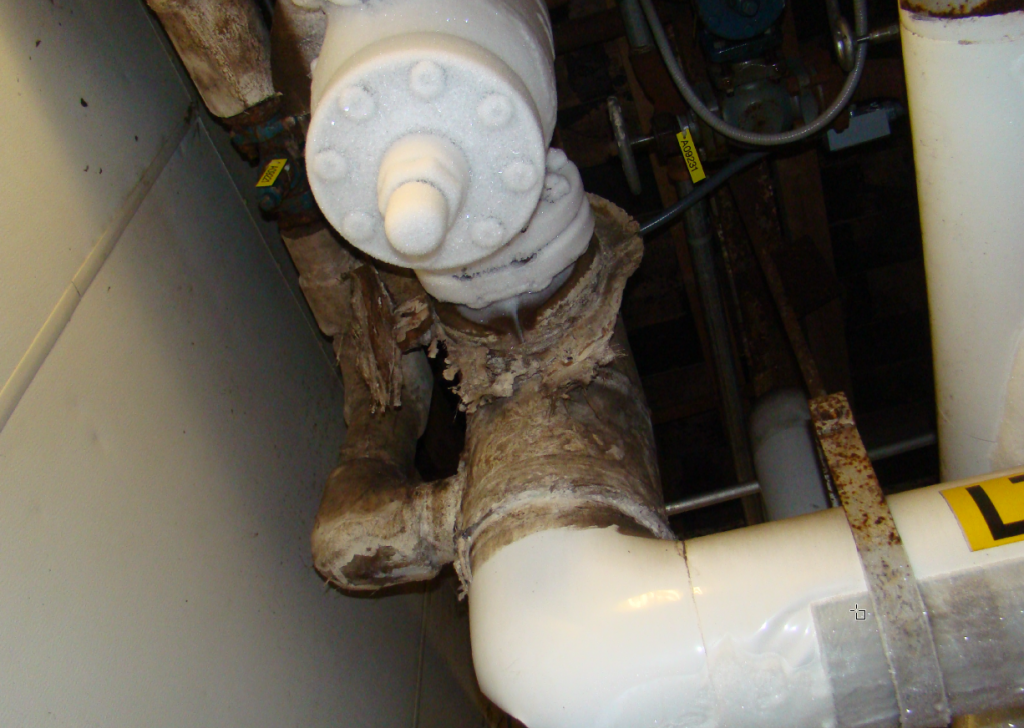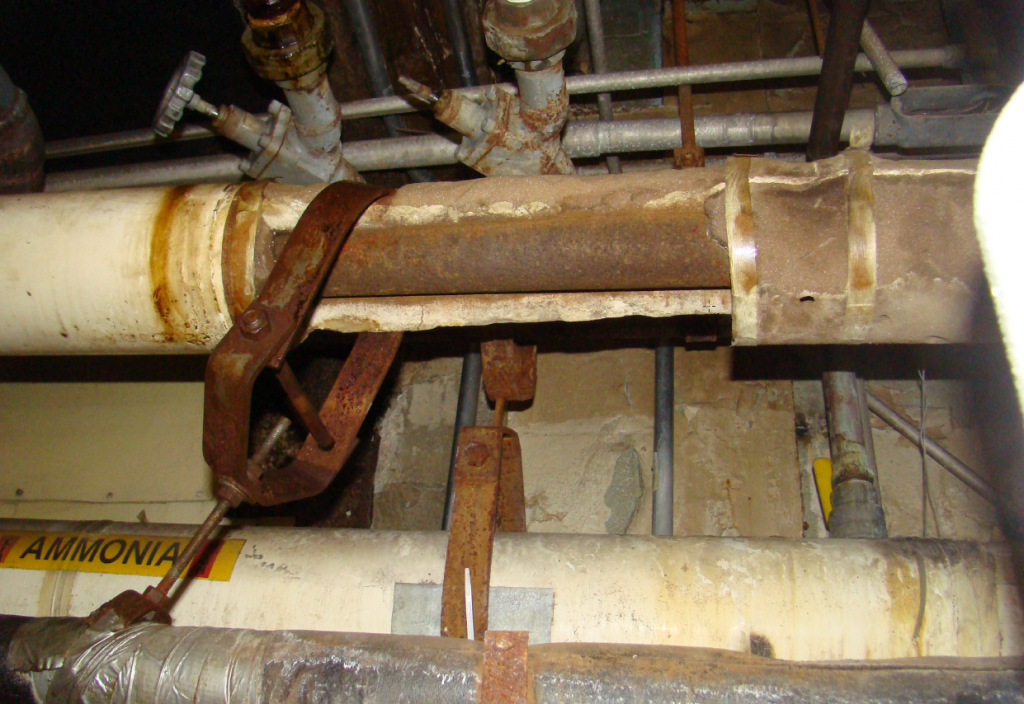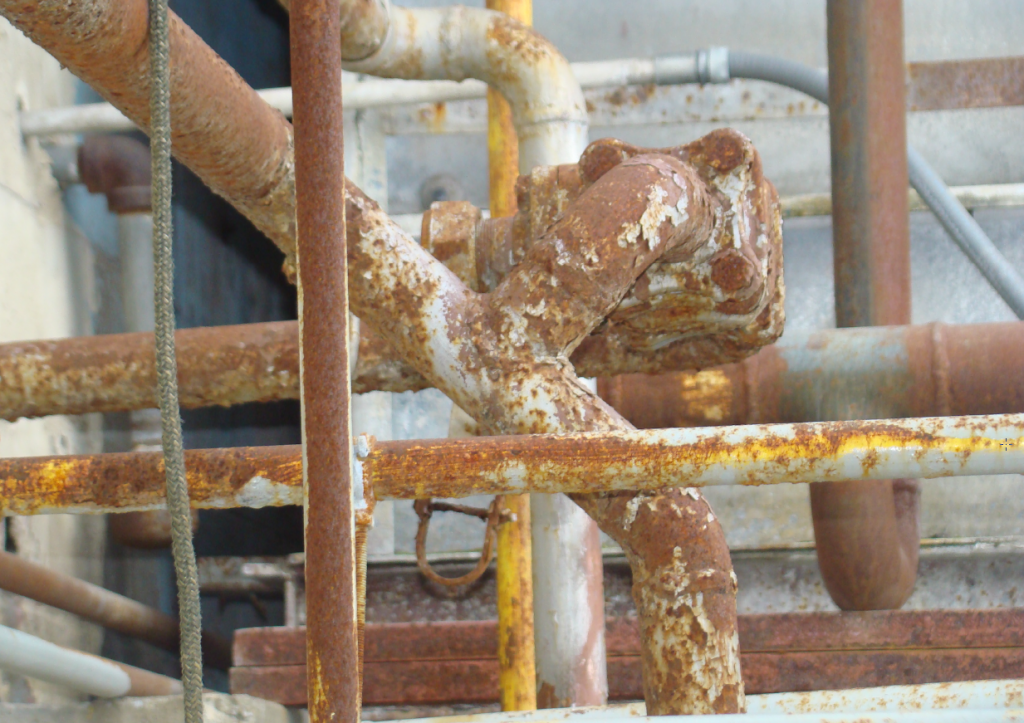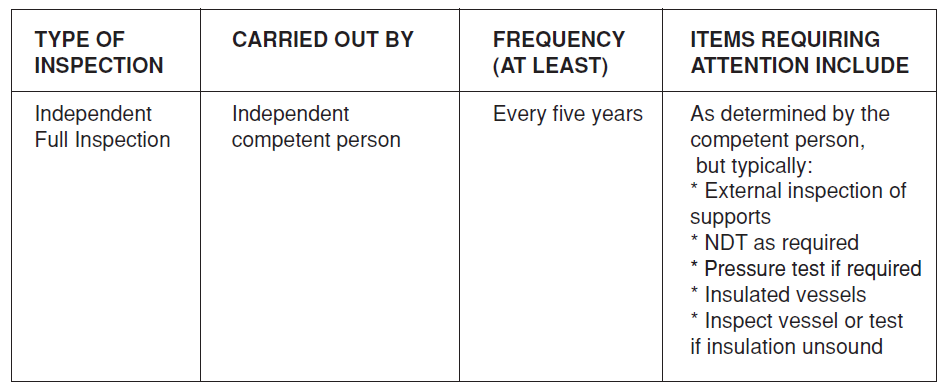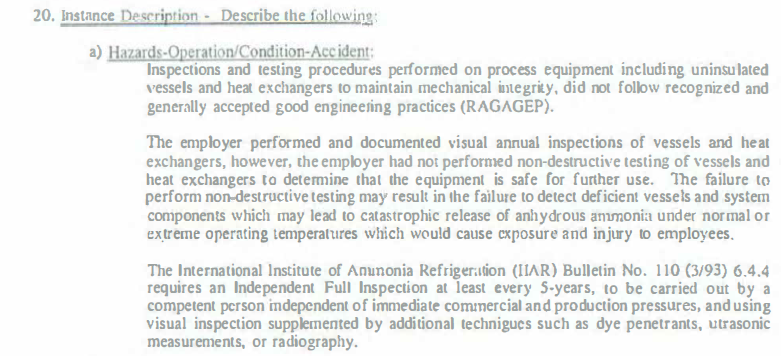A lot of people got a letter recently from the Department of Homeland Security telling them that they have to file a CFATS Top-Screen. Unfortunately, some of you got this in error, but for those of you who actually still haven’t done this, here’s some of the text from the book we wrote for our GCAP PSM class which should get you on your way:
What is CFATS?
Section 550 of the DHS Appropriations Act of 2007 granted the Department of Homeland Security the authority to regulate chemical facilities that “present high levels of security risk.” Under this authority, in April 2007, the Department of Homeland Security promulgated the Chemical Facilities Anti-Terrorism Standards (CFATS) regulation. This regulation is referred to as 6CFR§27 or simply as CFATS.
CFATS requires facilities that possess Chemicals of Interest (COI) above a specified screening threshold quantity to complete and submit an online consequence assessment tool called the Chemical Security Assessment Tool (CSAT) Top-Screen.
COI are those chemicals that the Department has determined have the potential to create significant loss of human life or health consequences if released, stolen, diverted, or sabotaged. This Top-Screen requirement applies not only to traditional chemical facilities, such as manufacturers or distributors, but also, with a few explicit statutory exemptions, to any type of facility that possesses a COI above the threshold amount, including hospitals, universities, agricultural operations, and refineries.
If you are required to have a PSM/RMP program for Ammonia you must also file a “CSAT Top Screen” with the DHS
Essentially the DHS wants some information about your facility so they can evaluate the “security risk” to the country if it were to be a target of terrorism. Using information gathered via the CSAT Top-Screen, DHS makes an initial determination as to whether a facility presents a high level of security risk and thus must perform additional activities under CFATS. The DHS process is a bit complex but the DHS does an excellent job providing training materials on the entire process. Nearly ALL of the ammonia facilities that file a CSAT Top Screen are placed in the lowest risk category; this means they have to take no further steps under the CFATS program unless the information they filed substantially changes.
What training will be required?
The DHS has a class of information called “Chemical-terrorism Vulnerability Information” (CVI) which is protected from public disclosure or misuse; this information is sensitive but not “classified”. To access this CVI you must complete some fairly simple online training by the DHS. The entire training package takes most applicants 1-2 hours to complete; after which you will receive a certificate and be certified to handle this sensitive information that the DHS calls CVI.
The result of the CSAT Top Screen itself is CVI (Chemical terrorism Vulnerability Information) so at least the person filing the CSAT Top Screen needs to successfully complete the training.
What steps do I need to take to fulfill this DHS CFATS requirement?
1) Complete CVI training
The CVI training is available online at the DHS website. A printed version of the online training is available for off-line study. Expect this training and testing to take at least an hour.
2) Gather information for the CSAT Top Screen
The CSAT Top Screen questions are available online at the DHS website. You should ensure you have answers to all the questions before you submit the information to the DHS. This process can take quite some time; the DHS estimates 30+ hours for the average facility but in the Ammonia Refrigeration industry this usually takes less than 8 hours to complete.
3) Submit the CSAT Top Screen
Enter the answers to the CSAT Top Screen questions into the DHS website. This process should take less than an hour.
4) Evaluate CSAT Top Screen results
The DHS will evaluate the information you have submitted and notify you of any further action that is required. Most Ammonia Refrigeration systems are not rated as a security risk by the DHS and have to complete no further action. This evaluation process can take weeks or months – you will receive your results by registered mail.
5) Update the CSAT information as needed
If the information you submitted in your CSAT Top Screen changes, be sure to update it.
This entire process is outlined in greater detail on the DHS website at: http://www.dhs.gov/chemicalsecurity
All the training, manuals and forms required for the process are also on the DHS website. In particular you’ll want to download and read at least the following:
- Chemical-Terrorism Vulnerability Information Authorized User Training
- Chemical-Terrorism Vulnerability Information Procedures
- CSAT Top-Screen Survey Application User Guide
- CSAT Top-Screen Survey Questions
Additionally, the DHS offers a toll-free help line to guide you through the CSAT process:
The CSAT Help Desk can be reached at 866-323-2957 (toll free) between 7 a.m. and 7 p.m. (Eastern Time), Monday through Friday.
Again, the CSAT Top Screen is required if we have a “Chemical of Interest” in a “threshold quantity”; for Ammonia Refrigeration this quantity is 10,000 pounds.
Although it is very rare, violation of CFATS (failing to file) can result in fines of up to $25,000 per day. At their discretion the DHS can even force your facility to close until you have met the filing requirements!


